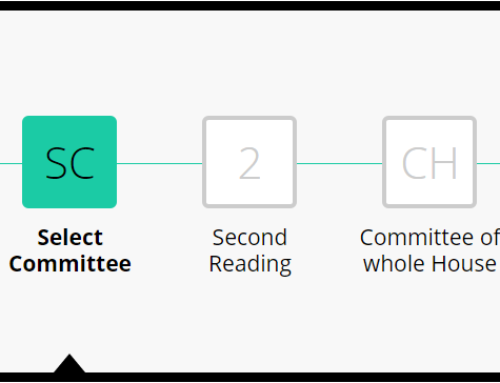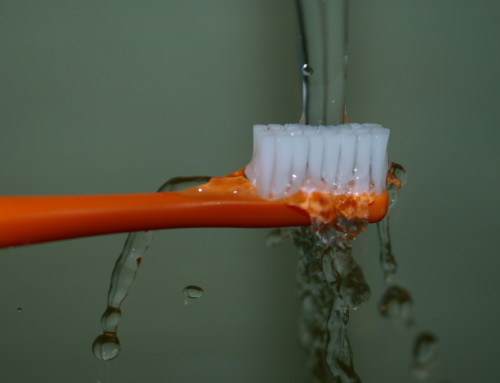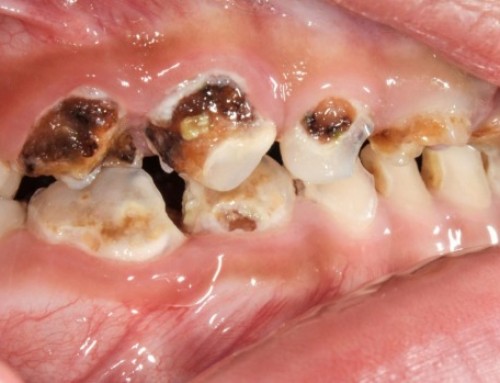Here in New Zealand anti-fluoridationists continue to attack the statement: that there is ‘40% less tooth decay, on average, for children in fluoridated areas’. This fact comes from the 2009 New Zealand Oral Health Survey (NZOHS) which had sufficient statistical power and was adjusted for age, sex, ethnicity, and neighbourhood deprivation.
There was a New Zealand Advertising Standards Authority (ASA) complaint a while ago on this and the complainant lost; later there was an appeal submitted which ended up being dismissed.
National Fluoride Information Service (NFIS) has created an article to explain where this “40%” value comes from.
While the NZOHS said “it was not one of the objectives of the 2009 NZOHS to compare the oral health status of people by fluoridation status, and therefore the survey cannot be considered a fluoridation study as such”; the anti-fluoridationists like to repeat this and say that this is an invalid study for fluoridation. This is far from the truth; the statement was taken in the context that the NZOHS did not take into consideration lifetime fluoride exposure, as it was a cross-sectional study. People moving from non-fluoridated to fluoridated areas would have been likely as well as the opposite. This would tend to increase the risk of underestimating the extent of the benefits from fluoridation.
The full ASA complaint from M. Atkin who was listed as the “Science and Legal Advisor” for FFNZ.







Leave a Reply